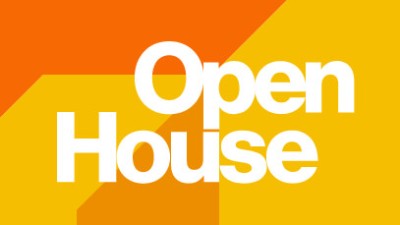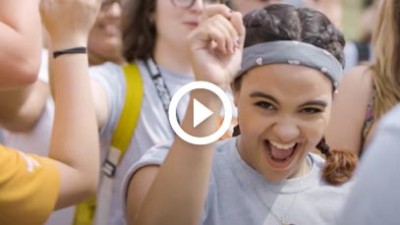Imaging Science MS Defense: Patient Specific Tissue Emulating Phantoms for Image-guided Intervention Applications

Imaging Science MS Defense
Patient Specific Tissue Emulating Phantoms for Image-guided Intervention Applications
Kelly Merrell
Imaging Science MS Candidate
Rochester Institute of Technology
Register for Zoom Link Here
Abstract:
Patient specific organ and tissue mimicking phantoms are used routinely to develop and assess new image-guided intervention tools and techniques in laboratory settings, enabling scientists to maintain acceptable anatomical relevance, while avoiding animal studies when the developed technology is still in its infancy. Gelatin phantoms, specifically, offer a cost-effective and readily available alternative to the traditional manufacturing of anatomical phantoms, and provide the necessary versatility to mimic various stiffness properties specific to various organs or tissues.
In the first part of this thesis, we describe the protocol to develop patient specific anthropomorphic gelatin phantoms of different organs, and we also assess the faithfulness of the developed phantoms against the patient specific CT images and corresponding virtual anatomical models used to generate the molds and, subsequently, the phantoms. We built the gelatin phantoms by first using additive manufacturing to generate a mold based on patient specific CT images, into which the gelatin was poured. We then evaluated the fidelity of the phantoms (i.e., children) against the virtual kidney model generated from the patient specific CT image (i.e., parent) by comparing it to the surface model of the mold and gelatin phantoms (i.e., children) following their CT imaging post-manufacturing using various registration metrics. Our experiments showed a 0.58 ± 0.48 mm surface-to-surface distance between the phantoms and mold models following landmark-based registration, and 0.52 ± 0.40 mm surface-to-surface distance between the phantoms and the mold model following Iterative Closest Point (ICP) registration.
The second part of this thesis focused on demonstrating the use of the manufactured phantoms for biomechanical modeling. These techniques enable researchers to mimic and predict pre- to intra-operative organ deformation in vitro, then assess the biomechanical model-based predictions against ground truth data. We used two methods to emulate the collection of the intra-operative surface landmarks of a liver phantom: the former method entailed the segmentation of the phantom CT image post-deformation, and the latter consisted of scribing the surface of the liver phantom with an optically tracked stylus. The collected data, along with prescribed boundary conditions, were imported into the FEBio, an open-source modeling software, and used to predict the displacement field that best maps the pre-operative liver phantom model extracted from the corresponding CT image pre-deformation to match the deformed, intra-operative liver model. We assessed the biomechanical model by assessing the RMS distance (TRE) between the predicted location of the fixed and moving surface landmarks, as well as internal fiducial landmarks of the pre-operative model to their ground truth location extracted from the post-deformation CT images of the phantoms. Our experiments yielded a 3.00 ± 0.69 mm RMS TRE using the post-deformation CT to emulate the intra-operative phantom surface geometry and a 5.36 ± 3.28 mm RMS TRE using the optically tracked stylus to discretize the intra-operative phantom surface geometry. These experiments confirm that the described protocol provides a reliable, fast, and cost-effective method for manufacturing faithful patient specific organ emulating gelatin phantoms and can be applied or extended to other image-guided intervention applications.
Intended Audience:
All are Welcome!
To request an interpreter, please visit myaccess.rit.edu
Event Snapshot
When and Where
Who
This is an RIT Only Event
Interpreter Requested?
No









